Everything in Rome is beatiful and magic!
The Eternal city leaves pleasant memories in the imagination of people.
It has been really difficult to decide what are the top 5 places to visit in Rome Italy.
In a single post, it is really impossible to include everything that you may see.
So this is not an absolute top list, but the places described in this guide are a personal preference and they are the ones that left me a sign during past years.
I have not included many important monuments and buildings, such as the Colosseum, St. Peter’s Square, People’s Square and many others: but obviously I had to make a choice.
At the end of this article you will find a personal itinerary through the places described below and that you will can watch on Google Maps, too.
Are you ready then to discrover the best places to visit in Rome during 2019?
Stay tuned!
Table of Contents
- Pantheon: in the heart of ancient Rome
- Janiculum: the 8th Hill of Rome
- Castel Sant’Angelo: the Mausoleum of Hadrian
- Piazza di Spagna: a beautiful square in Rome
- Piazza Navona: the magnificent square
1. Pantheon: In the heart of Ancient Rome
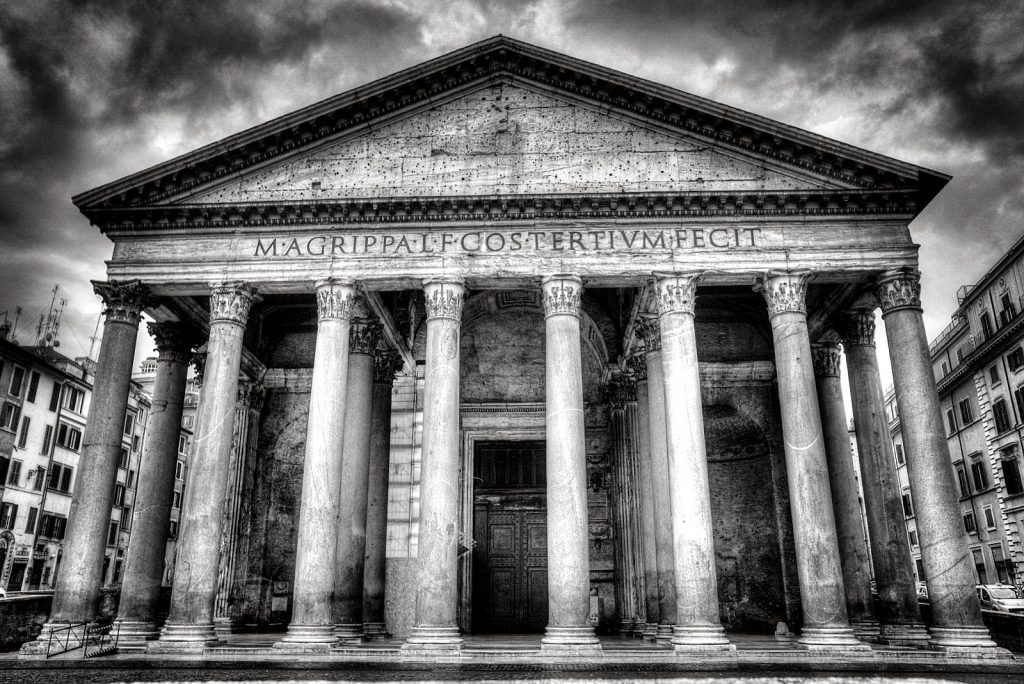
The Pantheon is one of the most famous monuments of ancient Rome and it is located in the district Pigna, in the middle of the historical center of the city.
It was foundend between the years 27-25 b.c. by Marco Vispanio Agrippa, and it was rebuilt between 120 and 124 a.d after the great fire of Rome.
It is considered one of the most important heritages of the Eternal City.
Since the VII century, it was converted into a Christian basilica, but originally it was used as a private building for sacred use, by Agrippa and not as a public temple.
This would explain why the original name and the function of the building have been lost.
After the great fire, the Pantheon was rebuilt under the emperor Adriano.
Personal Impressions
When you enter in Rotonda’s Square, you will be fashinated by the majesty of the Pantheon, a circular-shaped structure that stands on one of its sides and dominates the scene, with its dome and its columns in Corinthian style that accompany the visitor’s entrance.
You will probably be captured by the incision on the pediment, dedicated to Agrippa who quotes the following:
«Marcus Agrippa, Lucii filius, consul tertium fecit»
(It was built by Marcus Agrippa, Lucio’s son, consul for the third time)
When you cross the pronaos, it is impossible not to feel engulfed, as part of a past, ancient civilization.
Inside, the light spreads from above, highlighting the niches that alternate inside, the colonnade and the apse on the bottom, details that at noon get their maximum prominence.
Pantheon: Some curiosities
Curiosities around the Pantheon:
- Pantheon, from latin Pantheum, could mean “Temple of all the Gods”, but also it could indicate the Sky. It was a temple dedicated to all the Gods, and maybe for this reason it has got a round shape.
- It is 43 meters high and it weighs 5000 tons: the reason why it is standing, is because it is built with materials, that increasingly become lighter as you go up. Thanks to an excellent knowledge of physics, it is standing in spite of the weight and for this reason it is considered a masterpiece of engineering and architecture.
- The Pantheon is a real sun clock, thanks to the oculus on the top of the dome, from where the sun’s rays pass, marking the passing of the hours and the seasons. There is a particular day of the year when the Sun’s rays light up the entrance.
Pantheon: Opening Hours
Opening hours: Monday – Saturday from 8:30 am to 7:30 pm (last entrance to 7:15 pm). Sunday from 9:00 am to 6:00 pm (last entrance 5:45 pm). Midweek Holidays from 9:00 am to 1:00 pm (last entrance 12:45 pm)
Closed days: 1th Janyary, 25th December, except for different provisions
more details: http://bit.ly/PantheonOpeningHours
2. Janiculum: the 8th Hill of Rome
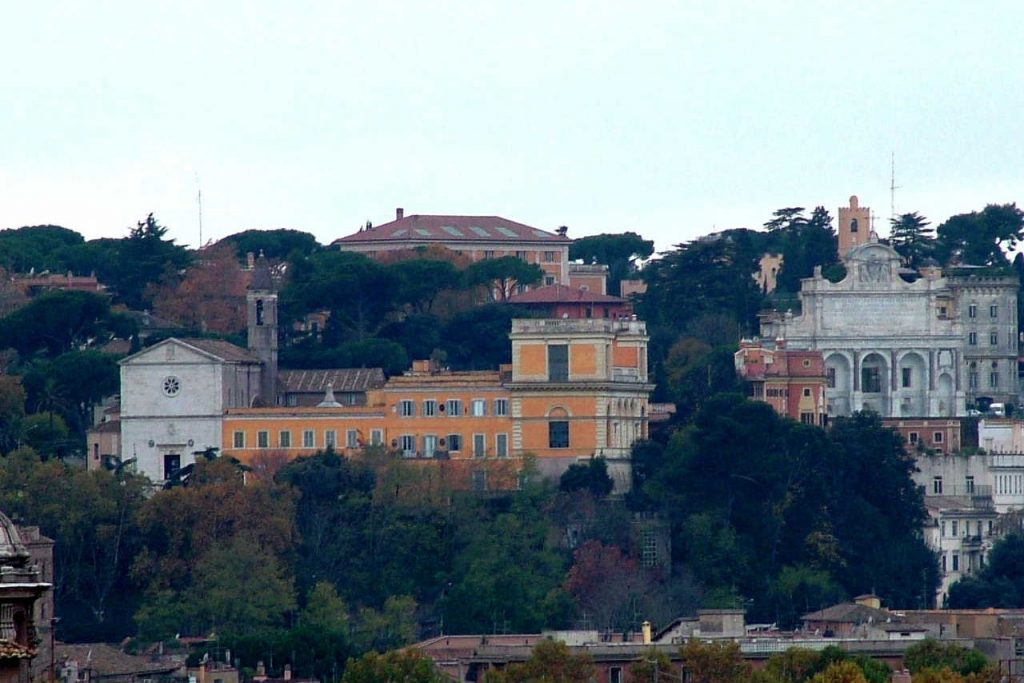
The Janiculum is considered one of the most beautiful places to admire Rome: although not part of the Seven Hills of Rome it is sometimes referred as the 8th Hill.
On the Hill we may find many buildings and monuments: “La Fontana di Acqua Paola“, a Baroque fountain built during Pope Paul V pontificate, in XVII century; the church San Pietro in Montorio, that guards the shrine “Il Tempietto”, built by Donato Bramante; Villa Lante al Gianicolo, built by Giulio Romano during the XVI century.
We may find here also some research institutes, like the American Academy in Rome and the Spanish Academy, and some Colleges and Universities like the Pontifical Urban University and many others.
The reason why the Janiculum became famous, is for its historical role during french invasion at the middle of XIX century, when Garibaldi and his troops, countered the invader.
On the Hill we may find many dedicated statues to the Italian patriot.
Personal Impressions
The Janiculum is an amazing place where walk and relax, far from the chaos of the City, with its gardens, and many activities for children, such as puppet shows and rides with ponies.
It is one of my favorite places where admire the landscape, the domes, and the majesty of the Eternal City.
It seems to be in another world, in another place, and it is easy to get lost in thought while you walk through the Botanical Garden, located at the slopes of the hill, or near its monuments and buildings.
It is a breath of fresh air in a city sometimes too chaotic, to let the traveler admire its beauty.
Janiculum: Some curiosities
Curiosities around the Janiculum:
- The name “Janiculum” is maybe related to the roman cult of the god Ianus, one of the most ancient and important divinities of roman, latin and italic religions.
- It is considered the 8th Hill of Rome, and it was fortified by Anco Marzio that connected it to the city, through the bridge “Ponte Sublicio”.
- Every day at noon, blank cannon shots are fired at the foot of the statue dedicated to Garibaldi.
Janiculum: Opening Hours
The janiculum is always opened, also during holidays.
3. Castel Sant’ Angelo: The Mausoleum of Hadrian
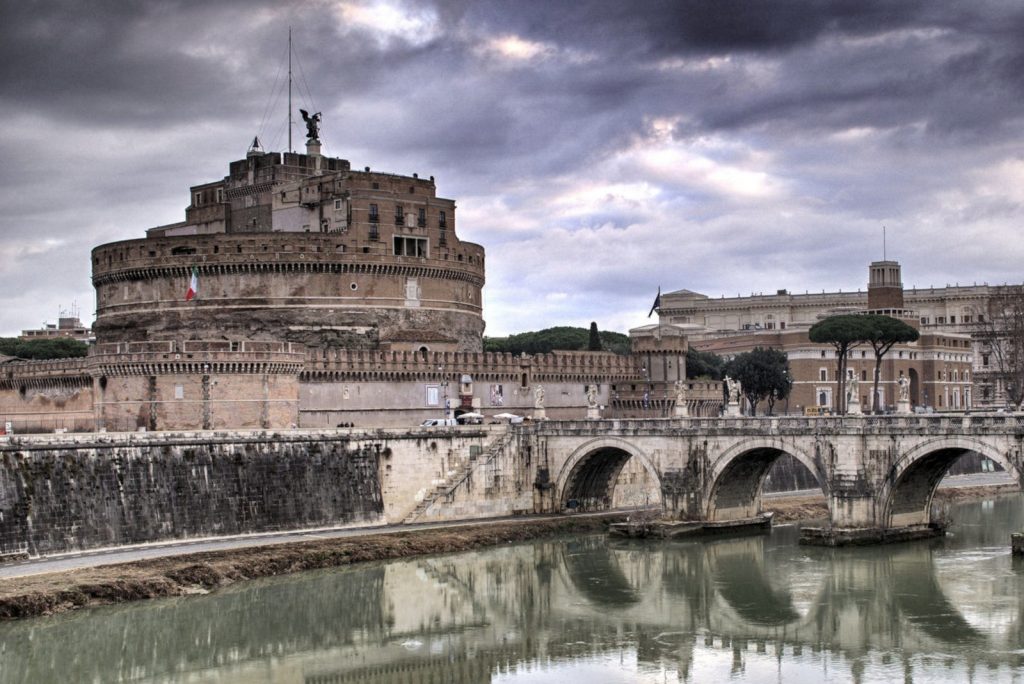
Castel Sant’ Angelo is a monument built under the Emperor Hadrian, as a mausoleum for him and his family. During next years it was used by the popes as a castle and a fortress, and actually it is a museum.
Inside it, we may find the Urns Room, where the vestiges of the imperial family are preserved, but also many rooms used in ancient times as prisons, and the most famous of them was called Sammalò.
The actual name is due to the statues of Angels that we may find at the entrance. The main of them is on the top of the building and it was rebuilt many times during the years: the last version of it, dedicated to the archangel Michael, is in bronze and it was built by Peter Anton von Verschaffelt in the XVIII century.
Personal Impressions
In Rome there is this fake optical vision, in which you can see nearby, distant things, like the dome of San Pietro or Castel Sant’Angelo.
You may see the latter from the street “Via del Banco di Santo Spirito”, set like a frame, by the shores of the Sant’Angelo Bridge over the Tiber.
It is majestic, with its circular appearance, to push you to want to know its history.
In the evening, under the starry sky, with its faithful and punctual street performers, and with the lights that reflect on the pavement, full of memories, the Mausoleum can create the feeling of not being alone and being in love with the beauty of Rome.
Do not miss a sunset there.
(written by Giada Carrot Badari, www.giadacarrotbadari.it)
Castel Sant’ Angelo: Some curiosities
Curiosities around Castel Sant’ Angelo:
- On a facade of the Mausoleum there is a marble plaque engraved with these words: “Animula vagula blandula / Hospes comesque corporis, / Quae nunc abibis in loca / Pallidula, rigida, nudula, / Nec, ut soles, dabis iocos…” (Little lost and sweet soul, / companion and host of the body, / now you are preparing to go down to places / colorless, arduous and bare, / where you will no longer have the usual leisure…)
- A legend says that during a plague occurred in the city in the 590 A.D., the pope San Gregorio Magno organized a procession to ask God to put an end to the scourge: so it was that the Archangel Michael appeared to the pope, sheathed his sword announcing the end of the plague.
- Another legend tells that, the most famous ghost of Rome, the one of a young lady named Beatrice Cenci, belonged to one of the powerful families of the late Renaissance, appears on the night between 10th and 11th September, along the bridge that leads to Castel Sant’ Angelo.
Castel Sant’ Angelo: Opening Hours
Opening Hours: From Tuesday to Sunday, from 9.00 am to 7.30 pm
Price: 10.50 € (base price). The ticket office closes at 6:30 pm
more details: https://www.ristoranteraf.it/en/castel-sant-angelo-opening-hours/
4. Piazza di Spagna: a beautiful square in Rome
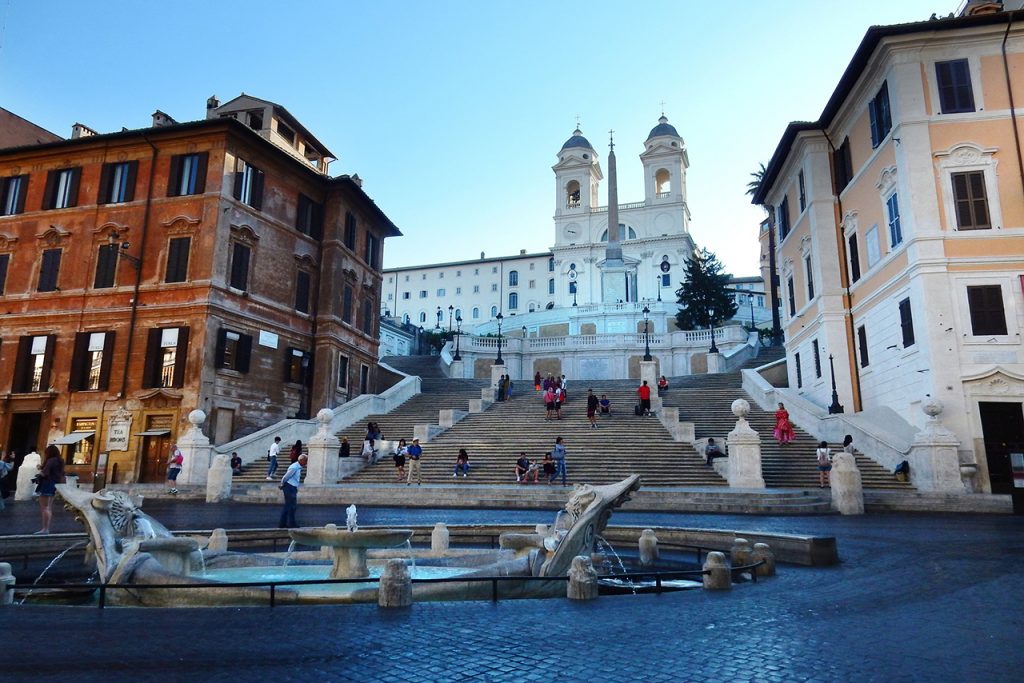
It is one of the most famous and amazing Squares in Rome, and its name is due to the Spanish palace where it is placed the Iberian embassy.
Two elements stand out when you enter the square:
The first one is the fountain on the center, the famous “Fontana della Barcaccia”, built during the baroque epoque, by Pietro Bernini and his son Gian Lorenzo.
The second one is represented by the Spanish Steps, formerly the steps of Trinità dei Monti.
The steps were built under the cardinal De Tencin and inaugurated during the jubilee from pope Benedetto XIII in 1725.
Trinità dei Monti is, instead, a famous and important church of the Catholic Worship in Rome, and it was built in the first decade of XVI century .
A remarkable building on one of the sides of the square is the home of the english poet John Keats, actually used as a museum to his memory and the one of the poet P.B. Shelley.
Another important monument is the Palace of Propaganda Fine, property of the Holy See in Rome.
Personal Impressions
When you access the square “Piazza di Spagna” from Via Condotti, one of the most important streets in Rome, it is impossibile to not admire the magnificence of the Spanish steps, that take the visitor’s eyes towards the church of Trinità dei Monti.
And you will wish to run across its 136 steps, admiring from above the majesty of the Eternal City.
From Piazza di Spagna, you will be able to reach some of the main places of the city:
Piazza del Popolo, another famous square in Rome, on the north west side of it and the Trevi Fountain, on the south side.
It is easy to reach from Trinità dei Monti the important buildings Villa dei Medici and Villa Borghese, two of the most famous and amazing Villas in Rome.
Visiting these places, you will feel projected into the past, reliving the beauty of Rome.
Piazza di Spagna: Some curiosities
Curiosities around Piazza di Spagna:
- Piazza di Spagna is often, the scene of high fashion shows, thanks to its charm and beauty.
- The original name of the Square was “Piazza di Francia”, on the north side, because it was a French property. Instead the actual name was used only for the south side of the square, due to the presence of Iberian embassy.
- A legend says that the fountain in the middle of the square (Fontana della Barcaccia) was built by Bernini after seeing a boat sunk in the river Tiber. For this reason the fountain represents a boat sunk in the water.
Piazza di Spagna: Opening Hours
Piazza di Spagna is always opened, also during holidays.
5. Piazza Navona: the magnificent square
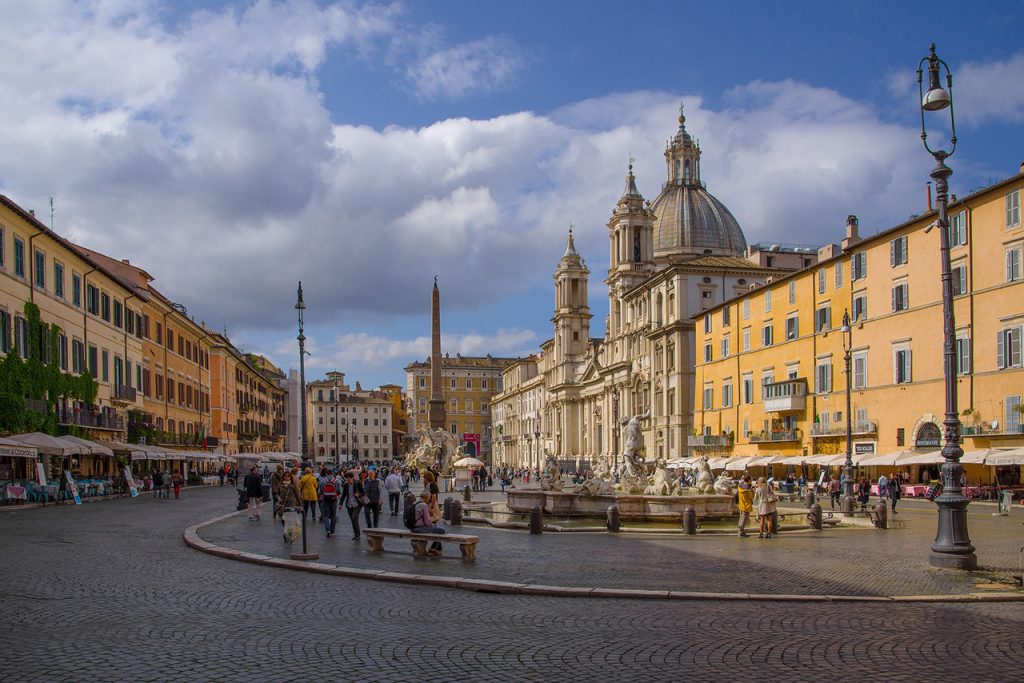
It is another of the most important and famous squares in Rome, built from the family Pamphili: it is shaped like a stadium at the behest of pope Innocenzo X.
In ancient times it was a stadium built by the emperor Domiziano in the year 58, and for this reason it took the name of “Stadium of Domitian”.
The square, with its palaces and architectural elements is symbol of the baroque epoque in Rome: many of them were built by Gian Lorenzo Bernini, Francesco Borromini, Girolamo Rainaldi and Pietro da Cortona, some of the most important italian sculptors and architects, authors of many monuments in the city.
In the square there are three of the most beautiful fountains of Rome (Fontana del Moro, Fontana di Nettuno, Fontana dei Quattro Fiumi) and they are considered part of magnificence of the Late Roman Baroque.
Personal Impressions
When you enter the square, its charm invests and bewitches you.
Its fountains immediately affect your eyes, for their magnificence, for the precision with which every single detail has been carved.
When you turn around each of them, they seem to be looking at you, watching you as a judge would do with the guilty, reproachfully.
They are majestic and make you feel small.
One of the most beautiful moments in Piazza Navona is during the Christmas holidays: when stalls and markets flock it, together the tourists. And in the crowd, sometimes, you may find some mimes, motionless in the cold waiting for the fruits of their noble job.
Piazza Navona: Some curiosities
Curiosities around Piazza Navona:
- A legend says that originally Piazza Navona was being used by Romans for battleships. But the truth is that The stadium of Domitian was used only for athletics competitions and it was being usually flooded in August to soothe the heat.
- Another legend says that the two artists Bernini and Borromini, two of the main authors of the fountains of Piazza Navona, were rivals and for this reason Bernini made two changes to the fountain “Fontana ai Quattro Fiumi”: a bandage on the head of the Statue of the Nile, to not to see the work of the adversary; a reaching out hand for the Statue dedicated the the river “Rio de la Plata”, to protect itself from the imminent collapse of the church Sant’Agnese in Agone.
- The four statues of Fontana ai Quattro fiumi, are dedicated to four rivers: Nile, Rio de la Plata, the Ganges, the Danube.
Piazza Navona: Opening Hours
Piazza Navona is always opened, also during holidays.
Top 5 places to visit in Rome Italy: A possible Itinerary
The following section illustrates a possibile itinerary that will help you to visit the top 5 places to visit in Rome Italy described above.
The above map describes the ideal path on foot, to visit all the places described in this article. You may zoom in and out the map, click on the red pins to view detailed descriptions, watch the map in full screen or if you wish you may share it with your friends.
The itinerary starts from the Janiculum and goes on towards Castel Sant’Angelo, through the street called “Passeggiata del Gianicolo”. From here you may move towards the river Tiber and coast it to reach Castel Sant’Angelo, that connect the two sides of the river.
Piazza Navona is really near to the other side of the river, just walking inside its streets, but if you prefer you may follow the main roads Lungotevere Tor di Nona, along the coast, and turn right towards Giuseppe Zanardelli Street.
The Pantheon is far few minutes from the square, just be careful to the indications zooming in the map (you may print it if you wish!).
Piazza di Spagna is far from the other points and it will takes more minutes to reach the final destination, so my advice is to plan a stop along the road to take a break for lunch or a snack before continuing your walk.
Along the way you will find refreshment points, shops and other monuments and buildings that you can visit in total relaxation.
Search Hotels in Rome
Conclusions
If you are arrived here, I feel very happy and I hope to have turned on your curiosity and desire to know and discover the Italy.
If you want to read more, you may be interested on my article “What are some good places to visit in Italy“.
This article, regardless the top 5 places to visit in Rome Italy, was written to make you inspired during your journey in the italian capital, maybe for you vacations during next 2019 summer. Why not?
Let me know leaving a comment! I would be glad 🙂
Useful links and Licences
- CC BY-SA 3.0: https://creativecommons.org/licenses/by-sa/3.0/
- CC BY-SA 4.0: https://creativecommons.org/licenses/by-sa/4.0/
- https://www.rome.net/janiculum-hill
- http://bit.ly/castelsantangeloLink
- https://www.rome.info/pantheon/
- http://bit.ly/PiazzaNavonaLink
- https://www.rome.net/piazza-di-spagna
Are you looking for an amazing wallpaper for your smartphone?
Are you looking for an amazing wallpaper for you smartphone?

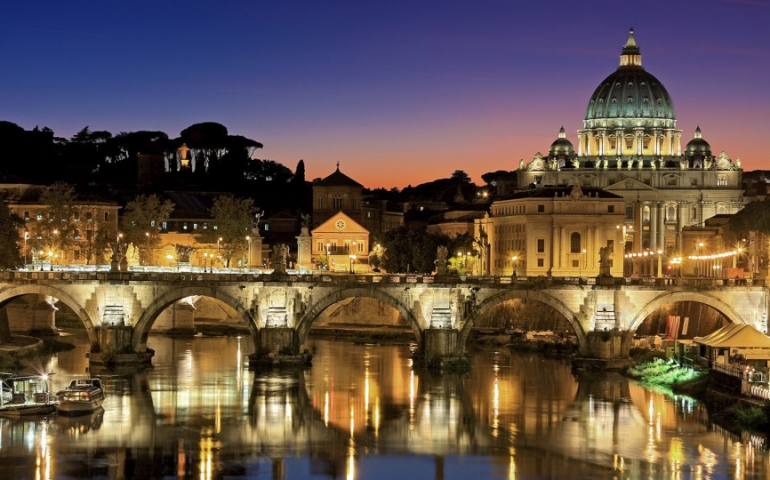
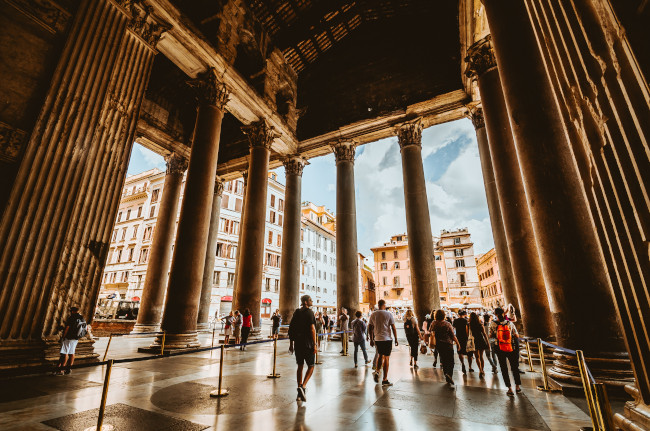
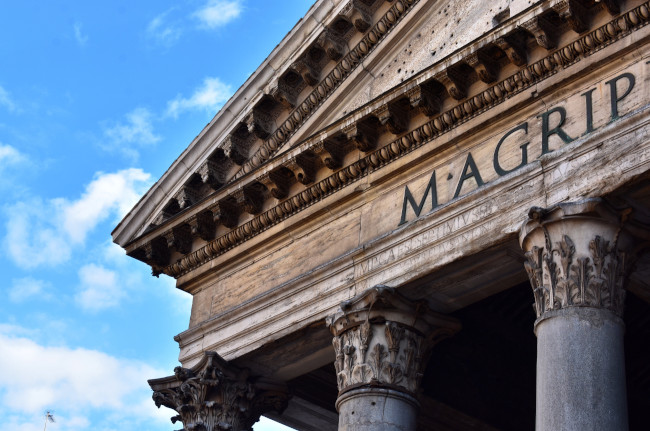
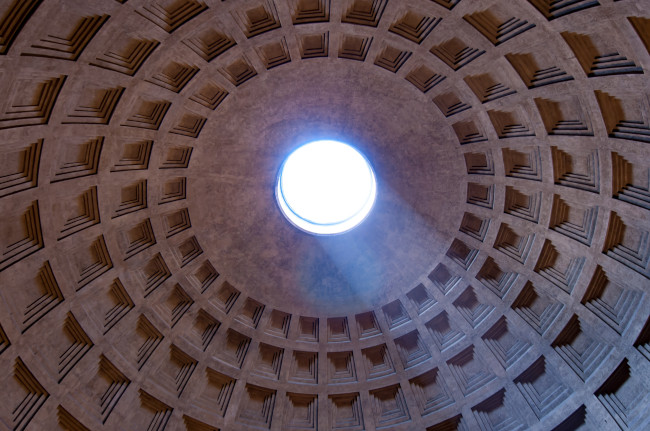
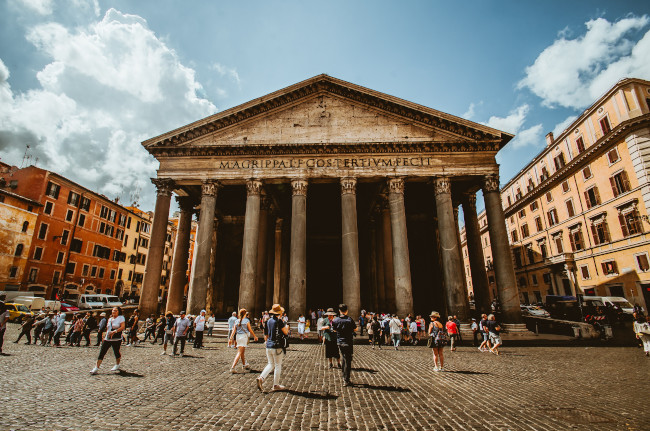
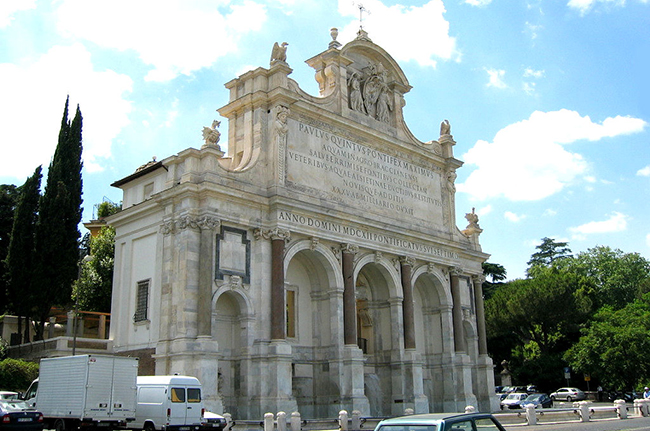
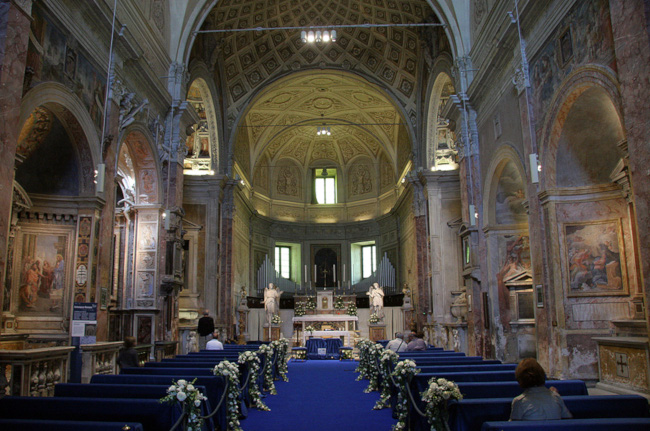
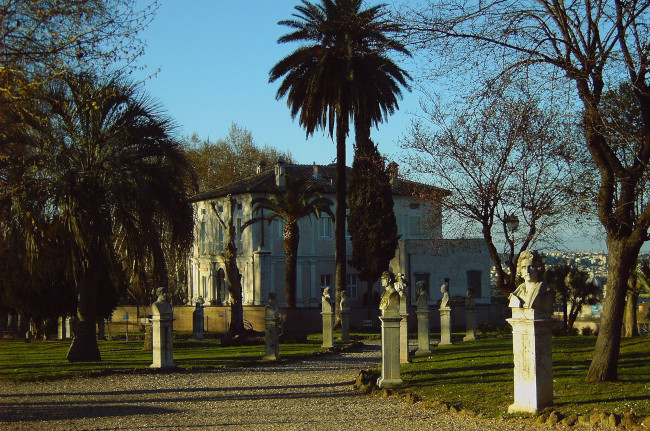
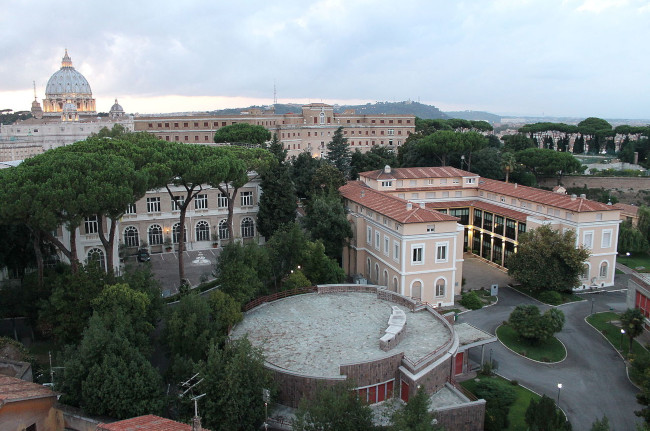
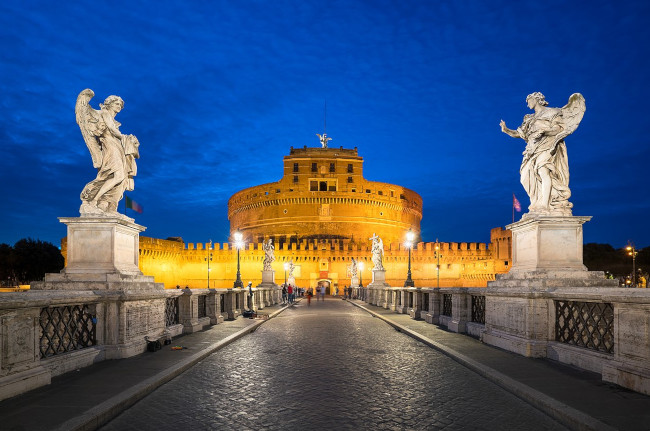
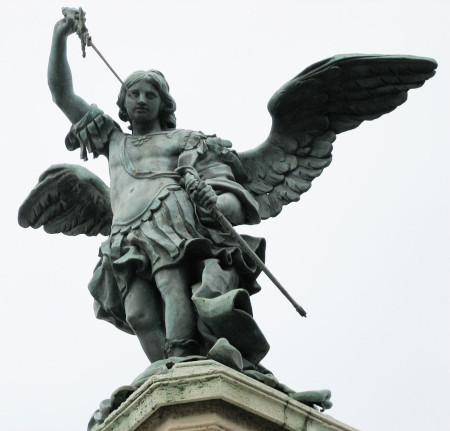
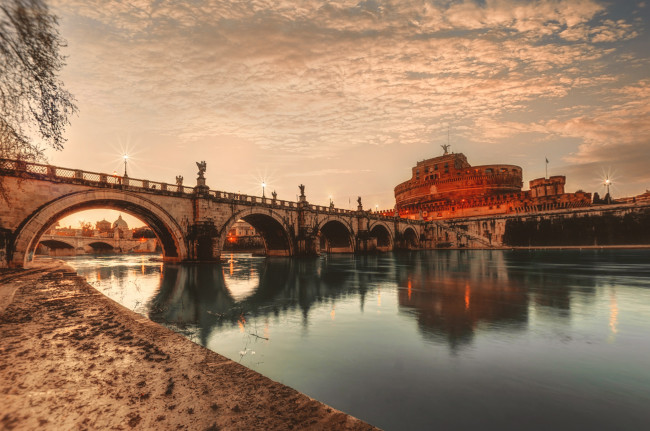
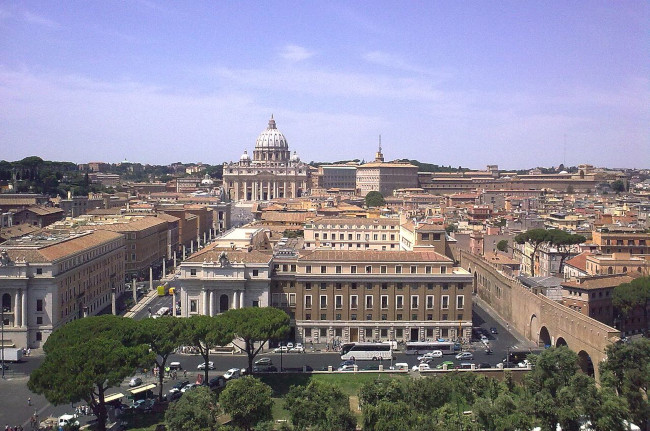
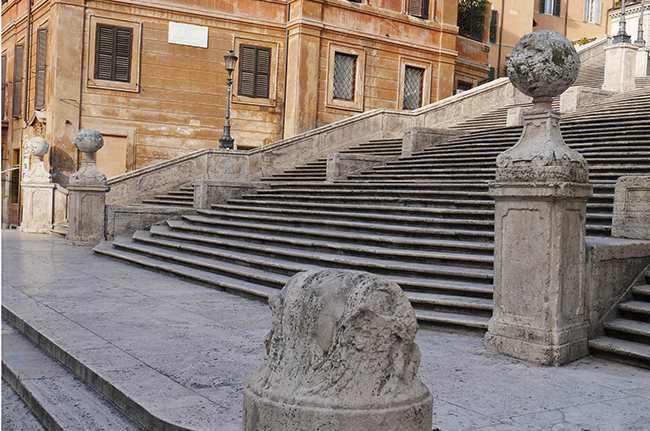
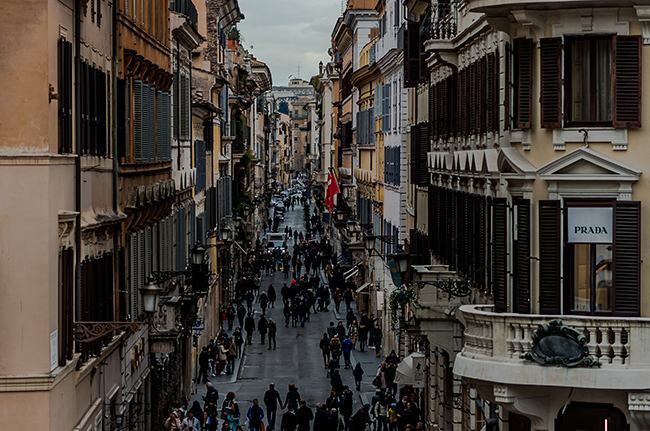
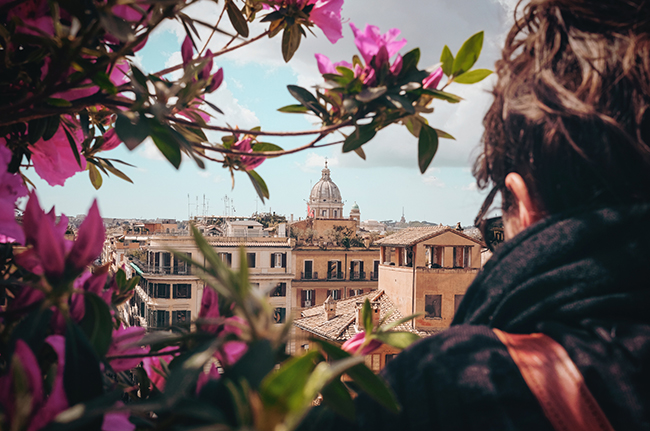
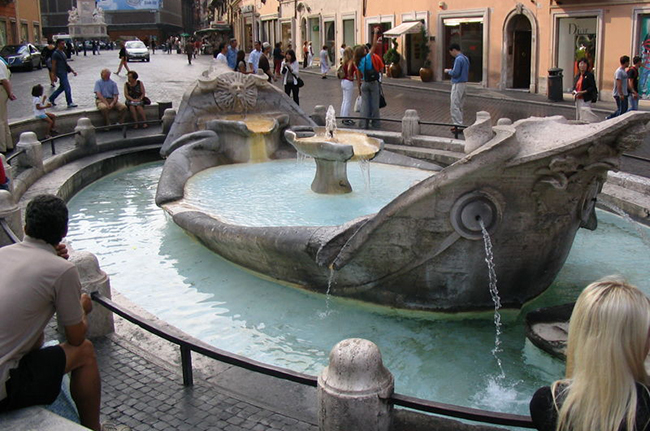
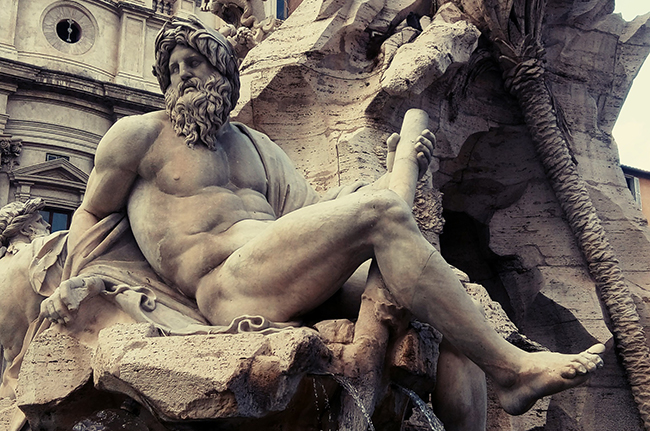
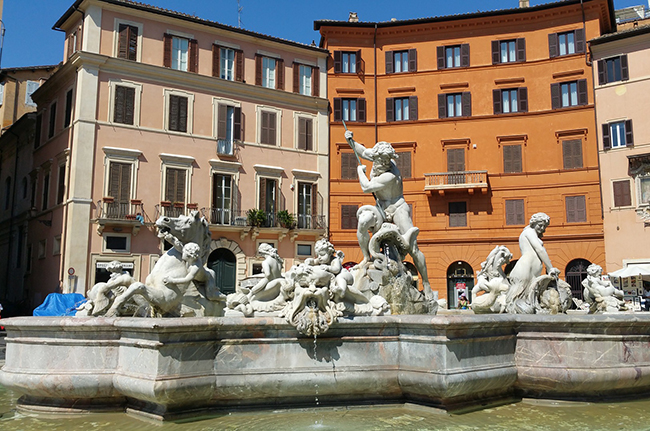
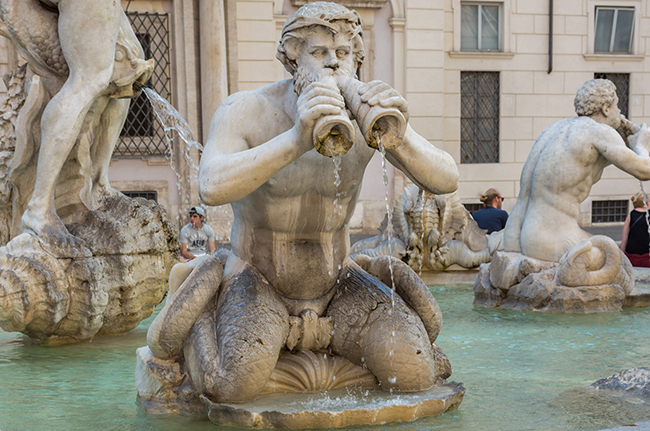
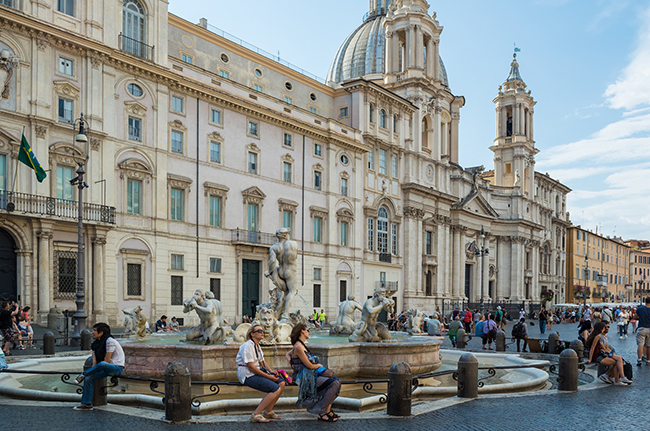

Leave a Reply